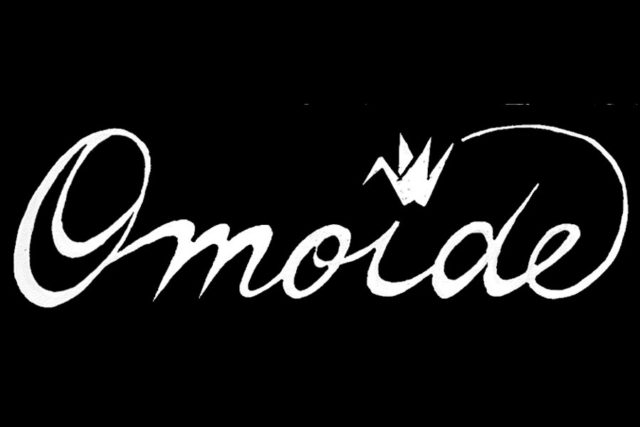by Dee Goto
A cousin marched in the recent Seattle 2020 Protest event carrying a sign, “ASIANS FOR BLM.”
Dr. Ibram Kendi was just on Book TV promoting his title, “How to be an Antiracist” (2019). He ended his talk equating racism with his diagnosis with cancer in 2016. It needs diagnosis and treatment until all the bad cells are gone. Legislation and funding are his answers.
Coincidentally in our other room, my daughter was having a business conversation with Brent Rollins and Steve Gordon, who are black. Brent is a graphic designer known for “Boyz n the Hood” (1991) work. He said, “Racism is like having cancer. We all have cancer cells in us. I’ve lived with it all my life. So what do I do? It’s up to me to make good life choices.”
Shelby Steele, Ph.D., who wrote “Shame” (2015), and other activists say we need more history in our schools. Ian Rowe says, “We need to be agents in our own destiny and purchase, ‘How to Educate an American’ (2020). Work at the local level.”
I lived on 23rd Ave E where the marches during the ’60s came by our house. We benefited from the activism; but as a Japanese Sansei, I performed back-door actions. At Stevens Elementary, I co-taught with Juanita Thomas—who is black and we are still friends—sending notes home with kids who needed tutoring, asking parents to come to my house for meetings. We shared, “If your kids don’t learn, it’s our fault.” We wanted the parents to feel as good as possible as they asked us, “What can we do?”
Jeffrey, a six-year-old, came to school late every day. His mother came to one of our meetings. She was probably prostituting to make money and worked nights. She came and bragged about how her son got up, fed and dressed his little sister every morning before walking the 10 to 12 blocks to school. WOW, what we can learn when…!
After being hired to start the UW Libraries Japanese Special Collections in 1970, I continued on a Min Masuda Memorial committee. Hana, Min’s wife, was also on the committee. She and I made a “pact” that we do something in our Japanese in America community the rest of our lives. After two decades of collecting stories and documentation, in 1991, I decided it was important to write and share our stories for the benefit of the larger community. I created a writing group, “Omoide” (memories). Omoide is now a program at the “J.” We share personal stories of Japanese immigration, incarceration, resettlement, and heritage values. Go to jcccw.org for more information about the “J”.
In his book, “Seattle 1900-1920,” on page 66, Rich Berner (1991) says, “Japanese immigrants to Seattle played a role in the city’s development far out of proportion to their number.”
One of the early (6th century?) emperors in Japan was the first to promote education for the commoners. The Japanese had 265 years of peace, from 1603-1868, when they promoted the teaching of cultural arts that come with personal discipline and brought it to a science. The “J” shares these arts and discipline, with those who want them, for more personal fulfillment in our lives.
Since I was born, 81 years ago, I was taught to be proud to be a person of color. I ended a friendship with someone who talked about “Your people.” I practice “Gambatte” (perserverance), “Nana korobi, ya oki” (7 times down, 8 times up), “Makeru ga kachi” (losing is winning). Sharing stories and promoting viability/visibility of the “J” and Omoide are what I can and will do: “putting words down on bloody paper!”

Dee Goto helped found the Japanese Cultural & Community Center of Washington (JCCCW) in 2003.







